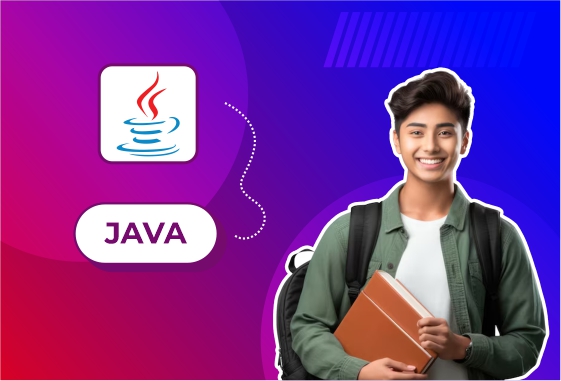
Healthcare Monitoring System
A Healthcare Monitoring System built using Java is a software application that allows for continuous or scheduled tracking of a patient's health metrics like heart rate, blood pressure, glucose levels, etc. It can be used by doctors, patients, or healthcare staff to monitor vital signs and ensure timely medical intervention.
# Key Features
- Patient Registration: Add and manage patient records.
- Health Data Entry: Patients or healthcare professionals can input vital signs manually or automatically (if integrated with IoT devices).
- Alerts & Notifications: System alerts users if any parameter crosses a dangerous threshold.
- Report Generation: Generates health reports for individual patients.
- Doctor-Patient Interaction: Option for doctors to review patient data and provide feedback or prescriptions.
- Authentication System: Secure login for admin, doctors, and patients.
# How It Works
- User Login: Users (doctors, patients, admins) log into the system securely.
Patient Monitoring:
Patients manually enter data or sync it from devices.
The system stores this data in a database.
Analysis & Alerts:
Java logic analyzes the data.
If abnormalities are detected, it sends alerts to doctors or emergency contacts.
Doctor's Review:
Doctors can view patient histories and make recommendations.
Reports:
Users can generate printable reports with health trends.
# Tech Stack
- Frontend: Java Swing (for GUI) or JavaFX (for better UI/UX)
- Backend: Core Java
- Database: MySQL or SQLite
- Optional: Integration with IoT (via APIs or Bluetooth for device data), Email API for alerts
#Advantages
- Centralized monitoring of multiple patients
- Improves early detection of health issues
- Enables remote patient care
- Saves time for both patients and healthcare providers





